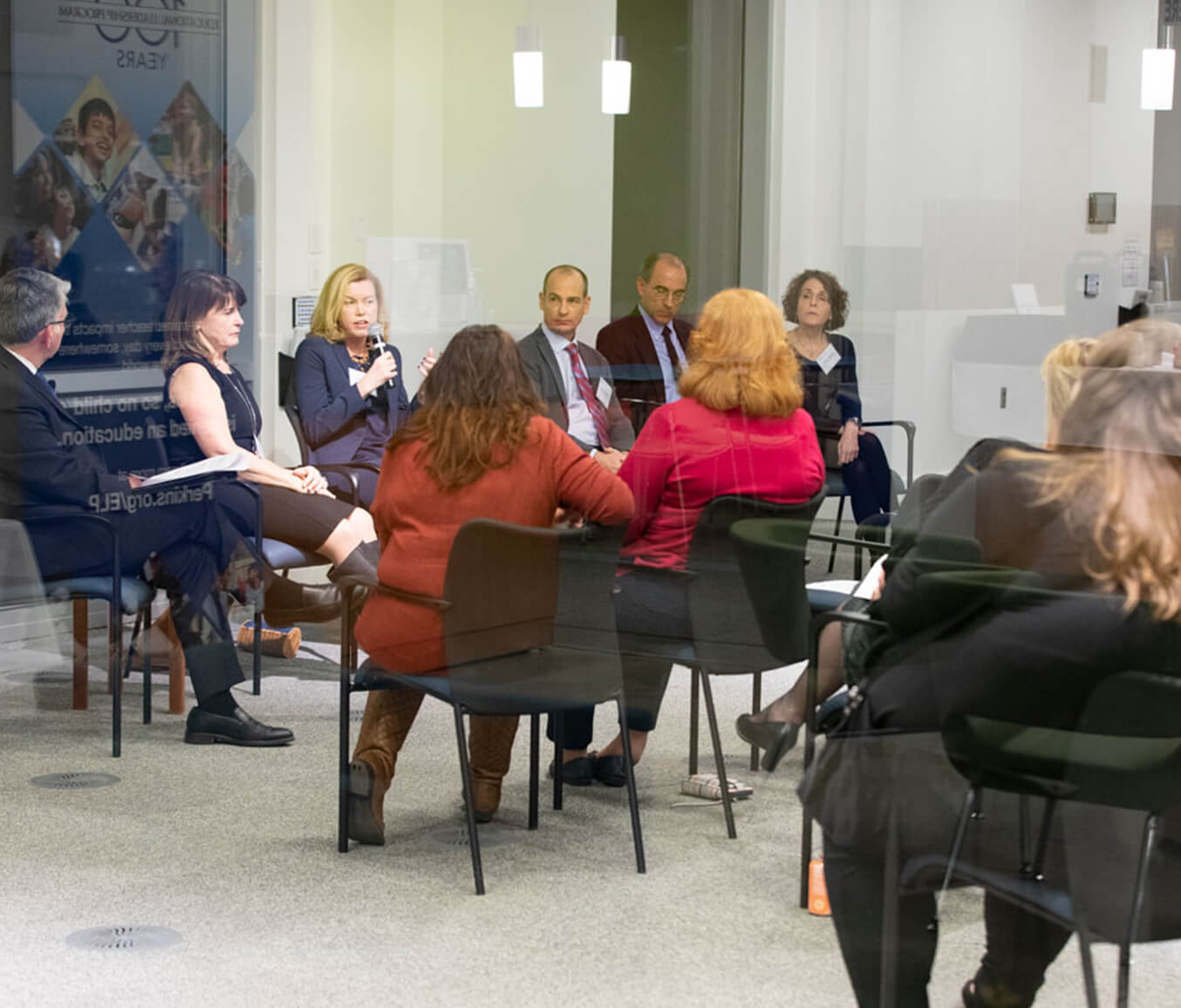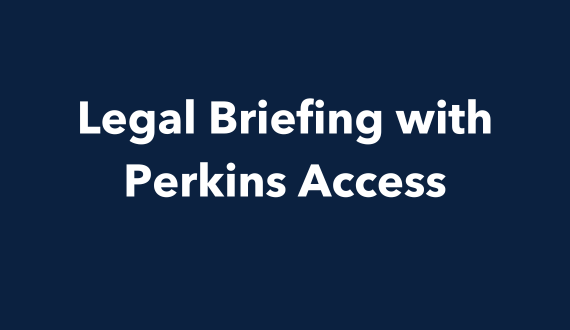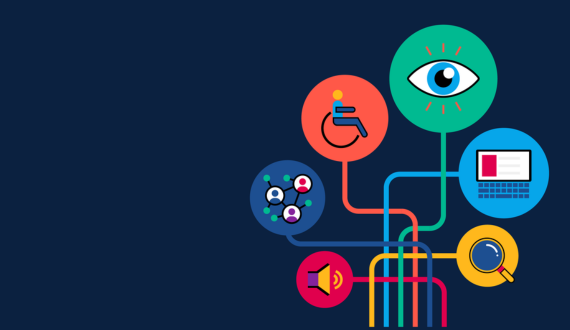Advice from the experts: Why digital accessibility matters for your users — and your business
Share

5 things you need to know to become an accessibility champion
We recently convened a panel of digital accessibility champions from Boston’s leading healthcare organizations. The lessons from the night were valuable to the healthcare executives in attendance, but their message should resonate with leaders across all industries. The focus was the importance of creating websites, mobile applications and digital interfaces that can be used by as many people as possible, including those with disabilities, so that all users have access to all the information they need, all the time.
Bottom line: if your organization offers digital products and experiences of any kind, the lessons were every bit as critical for you too.
One: Digital accessibility is a competitive edge
There’s a regulatory component to digital accessibility, and organizations that play fast and loose with those guidelines are susceptible to costly lawsuits. But avoiding trouble isn’t the only reason to embrace digital accessibility.
“To us, it’s a competitive edge,” said Oz Mondejar, Senior Vice President of Mission and Advocacy at Spaulding Rehabilitation Network. “Think about it beyond compliance. This is about user experience. At Spaulding, we’re competitive, so for us it’s about making sure people are easily able to engage with our brand and services.”
In other words, digital accessibility isn’t a luxury for the few. In Mondejar’s words, it’s a “business imperative.”
Two: Avoid retrofitting; design with accessibility in mind
Too often, organizations create digital products without thinking about digital accessibility early on, requiring the need to retrofit at the end of development.
This is a huge mistake.
Build it in vs. bolt it on: those who prioritize digital accessibility from the start save time and money and, at the same time, end up with a much better product to share with the world.
“That was a really important game changer for us, it’s not an add-on. It’s not something to think about later. Accessibility has to be a part of the conversation from the very beginning.”
– Erin Duggan Lynch, Senior Director of Communications, Mass. Eye and Ear
Three: Make digital accessibility a strategic initiative
On top of prioritizing accessibility from the earliest stages of design and development, creating accessible, digital products also requires a commitment from the organization. When accessibility is one of an organization’s strategic initiatives, it establishes clear goals and the support needed for a sustainable and successful outcome.
For instance, Gary Aussant, Director of Perkins Access Consulting, made note of an organization that set out from the beginning to reach the highest level of accessibility.
Simply having that goal helped define their strategy, and kept them on track.
“From the start, it informed everything they did,” he said. “So it’s critical to focus on that strategy piece. It will really lead all you do up until that point of achieving that goal.”
Four: Work with an expert
In collaboration with design and development teams, there are major benefits to expert analysis and user testing:
- Eliminate guesswork about how people with disabilities will use assistive technology to engage with your digital experiences.
- Ensure compliance with applicable rules and regulations.
- Create a sustainable approach to use when designing and building future digital materials.
JoAnn Becker, Assistive Technology Support, Training and Testing Specialist with Perkins Access, who is also blind, explained why privacy, dignity and functionality for all users is important. “I want to fill out my own forms on my own tablet or phone in the doctor’s waiting room. I don’t want the receptionist to sit with me and ask me all those questions because I have no privacy.”
Five: Test products with real users
JoAnn Becker, put it bluntly: “Everybody ought to have the right to access digital platforms independently.”
And the best—and only truly reliable way—to identify defects and bugs that might go undetected otherwise and ensure a digital experience is truly usable, is to have users of different ability levels trial digital products before release. Additionally, bringing in real users also helps build empathy in your team, ensuring they start thinking about the needs of different populations early and often.
“User testing was critical really for demonstrating to us whether a user could do X, Y or Z exercises,” said Mary Bures, Senior Director of Communications at Spaulding Rehabilitation Network. “You end up learning at every turn.”
Is your organization ready to embrace digital accessibility? Whether you’re just getting started or want to understand what you could be doing better, the experts at Perkins Access can help. Get in touch today.




